Quantum X lithography provides accurate, adaptable, and coordinated grayscale lithography for high-throughput 2.5D microfabrication, enabling quick prototyping, patterning, master template fabrication, and wafer-scale production.
Maskless Lithography for Precise and Fast 2.5D Microfabrication
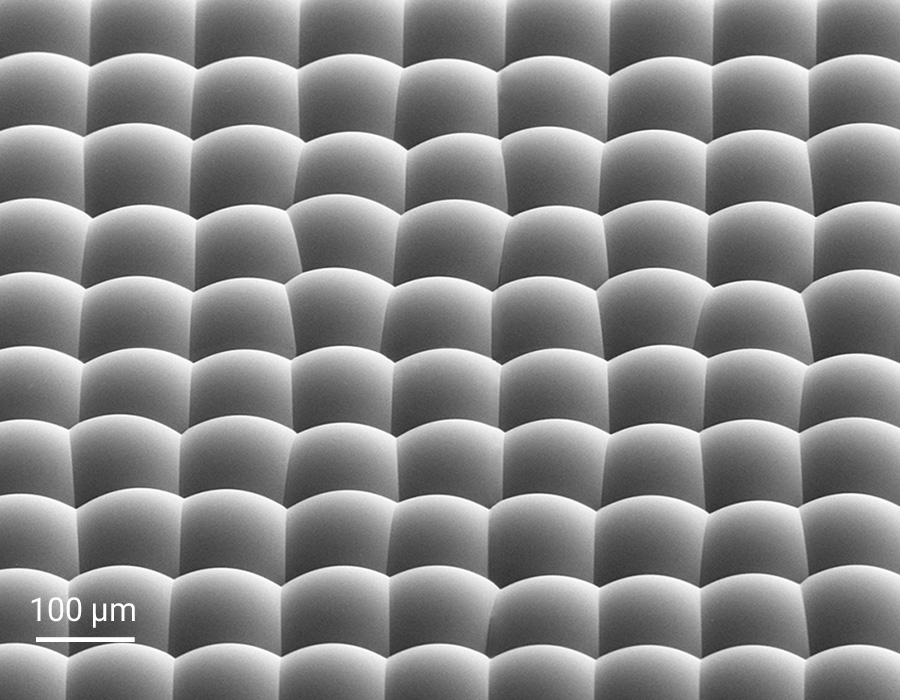
The random microlens array of this master template was printed by multiphoton lithography using Two-Photon Grayscale Lithography 2GL®. The microlens array with a fill factor of 100 % is an excellent example of smooth surfaces with optical quality and can be used for diffuser applications. Image Credit: Nanoscribe GmbH
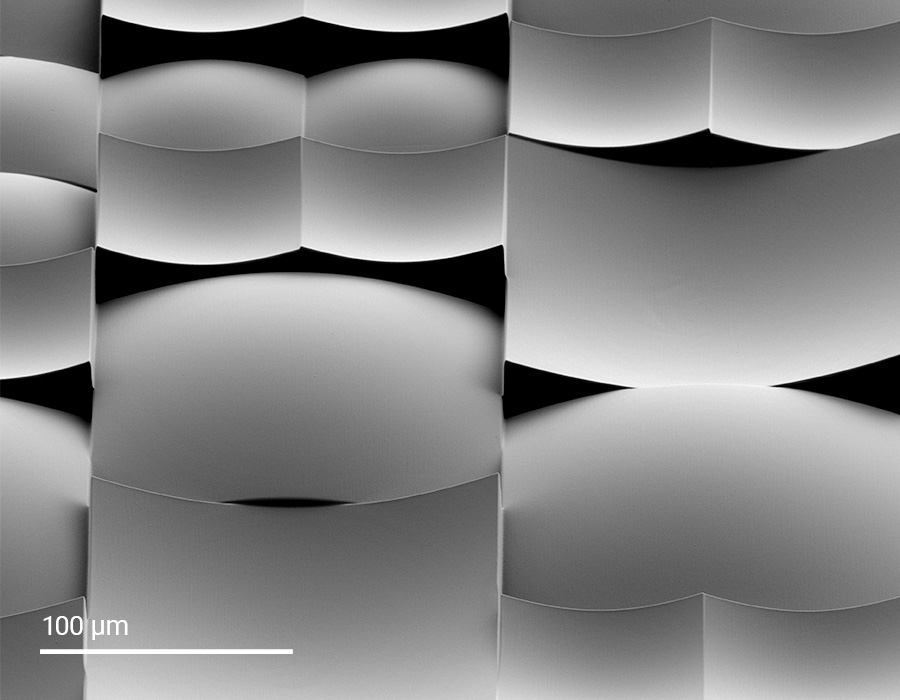
Innovative random microlens array containing convex and concave lenses with ultra-smooth surfaces and sharp edges. Quantum X litho can print high shape accuracy lenses in virtually any design, with different slopes and sizes within one device. Image Credit: Nanoscribe GmbH
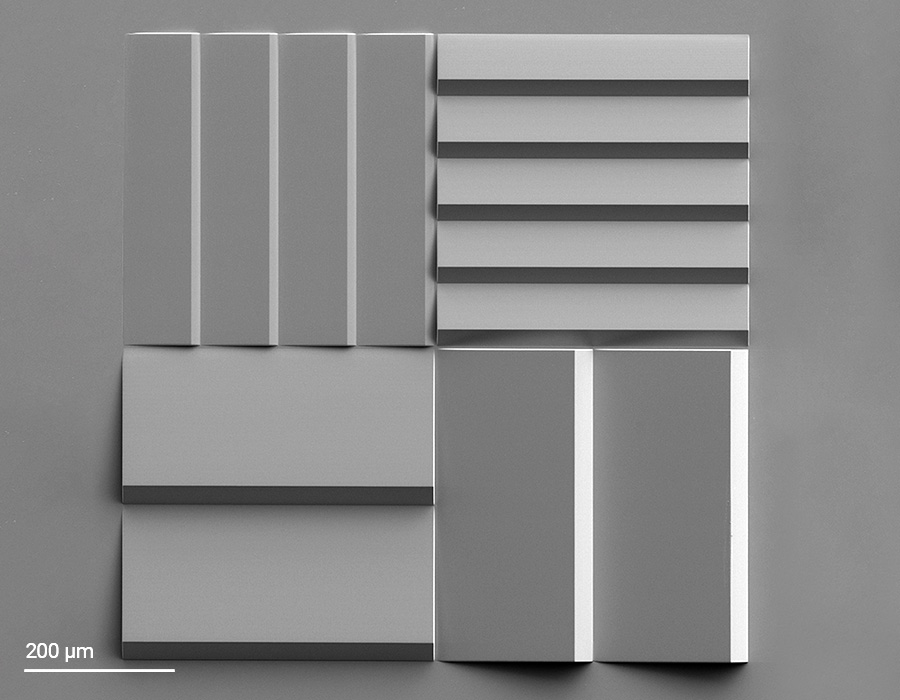
High-precision microwedges demonstrate the advanced features of Two-Photon Grayscale Lithography (2GL®) for the fabrication of shape-accurate designs. With 2GL, Quantum X litho rapidly produces smooth surfaces and sharp edges for well-defined microwedges and all types of curved, sharply shaped and patterned designs. Image Credit: Nanoscribe GmbH
Download the Brochure for More Information
Two-Photon Grayscale Lithography for 2.5D Prototyping, Mastering and Patterning
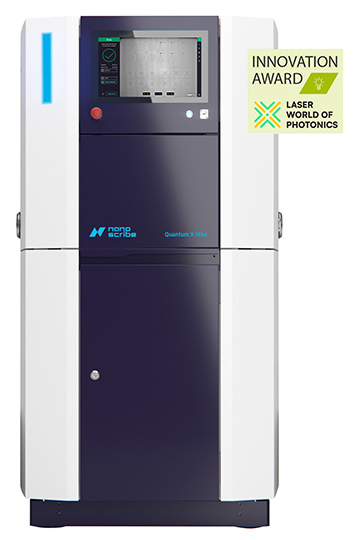
Image Credit: Nanoscribe GmbH
Quantum X litho is a flexible maskless lithography method that provides enhanced design flexibility and optimized workflows, from quick job preparation to high-performance printing and post-processing. It offers high-throughput 2.5D microfabrication for applications like quick prototyping, enhanced patterning, master template fabrication, and wafer-scale manufacturing.
Using Two-Photon Grayscale Lithography 2GL®, the system produces high-precision freeform microoptics, microlens arrays, Fresnel lenses, and hybrid optical components with diffractive and refractive properties.
Maskless Lithography for Advanced Designs
Quantum X lithography also allows for the patterning of sophisticated microfluidic structures and bioinspired topographies, such as organic nano- and microstructured surfaces. The revolutionary 2GL® technique combines fast throughput with remarkable form precision, allowing for sophisticated 2.5D designs with tall features up to 1000 µm, exceeding traditional height constraints.
Top-Tier Industrial Performance
2GL® accelerates innovation by allowing for quick design iteration, resulting in sub-day cycles from concept to printed item. Structures created with Quantum X lithography fit smoothly into industrial reproduction operations, including nanoimprint lithography, hot embossing, and micro injection molding.
When combined with nanoPrintX, the confocal detection module enables accurate alignment during wafer-level manufacturing. The optional 3D printing by 2GL® mode extends the system's capabilities to include sophisticated 3D printing.
2GL® Grayscale Lithography Enabling Rapid Prototyping, Patterning and Mastering
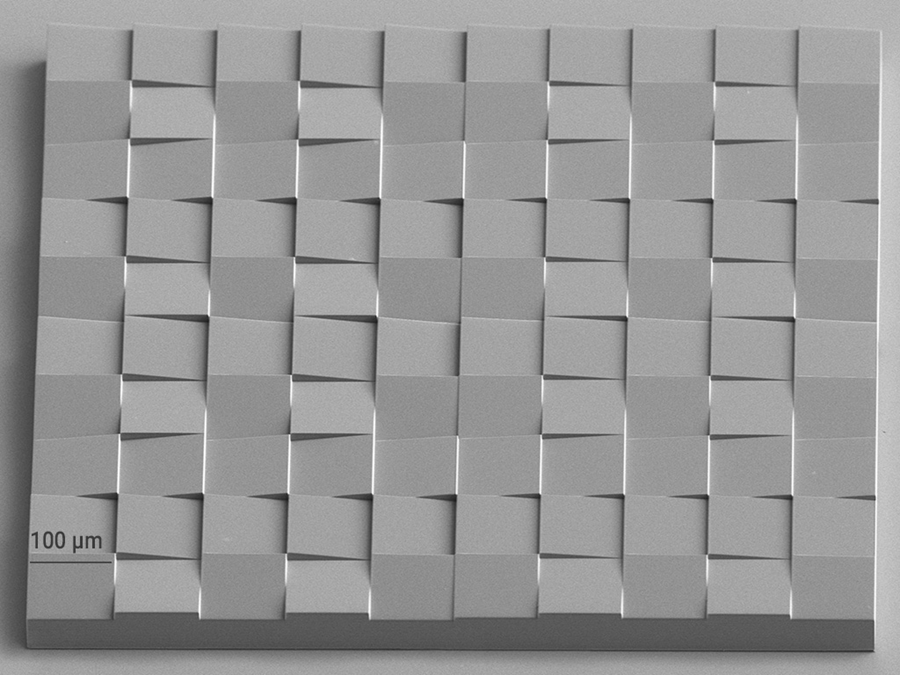
The microprism array of this 2GL-fabricated master template features inclined plane surfaces with a surface roughness of Ra ≤ 5 nm and ultra precise sharp edges. Image Credit: Nanoscribe GmbH
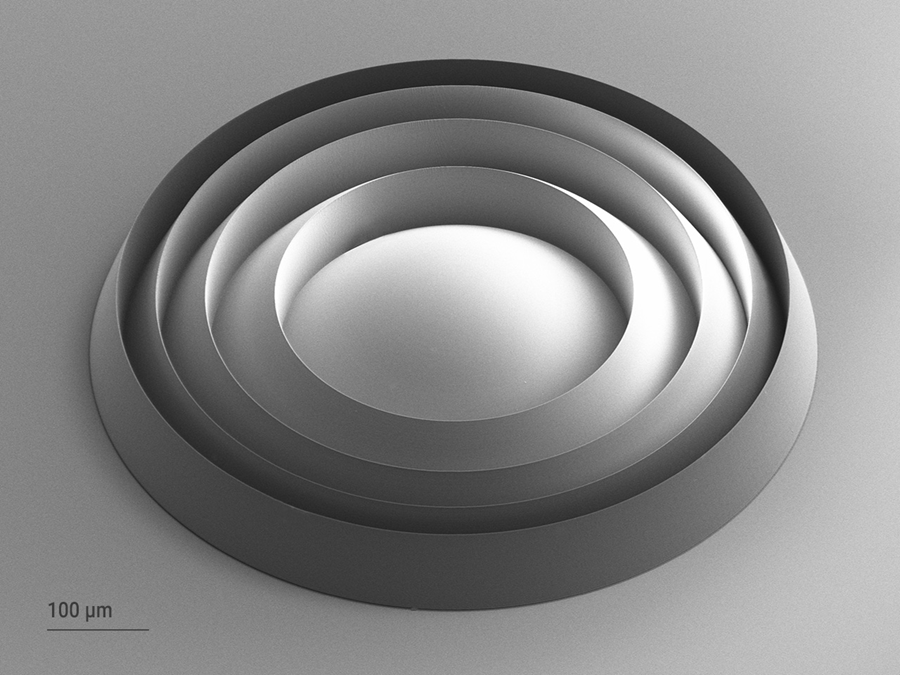
High quality Fresnel microlens printed with Two-Photon Grayscale Lithography 2GL®, an innovative technology based on multiphoton lithography. The lens shows a perfect central symmetric design with a very smooth convex lens shape, vertical walls, and sharp angles. Image Credit: Nanoscribe GmbH
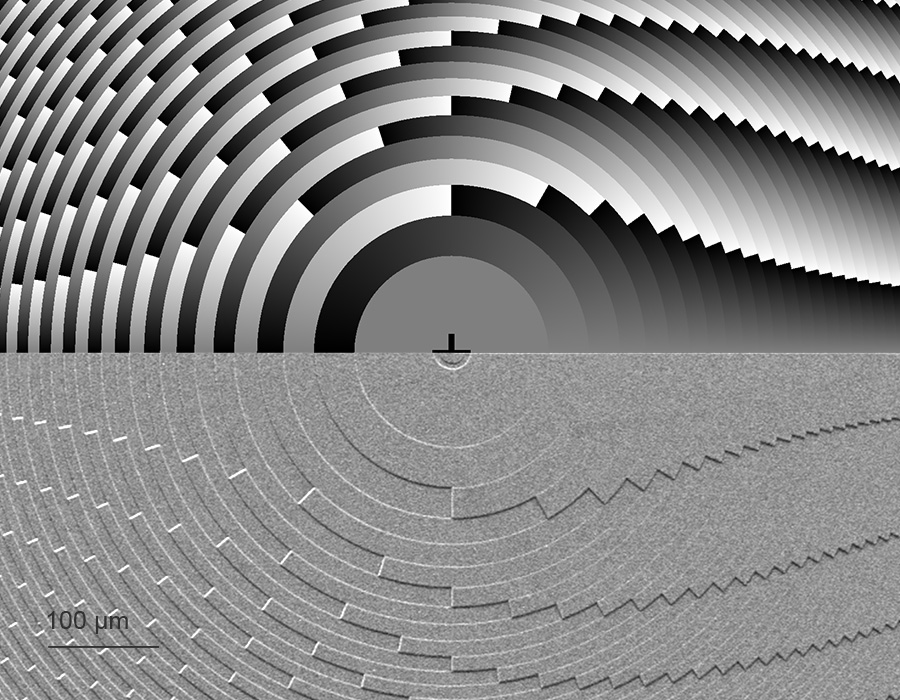
Grayscale design and print of a moiré lens fabricated by 2GL. This diffractive lens can be used to adjust the focus length and showcases the power of single voxel tuning enabled by 2GL to achieve the perfect nanostructures defined by the grayscale design. Image Credit: Nanoscribe GmbH
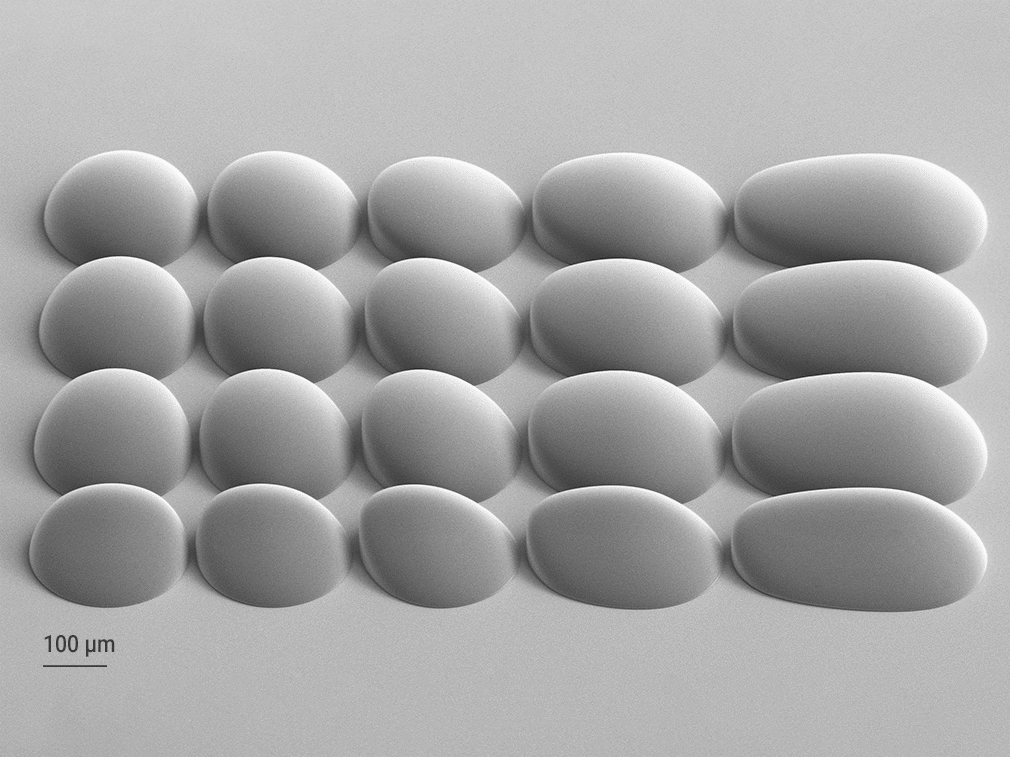
Array of freeform microlenses fabricated with Quantum X litho using Two-Photon Grayscale Lithography, shown as 2.5D-printed master and corresponding nickel shim for replication. A) SEM image of the 2.5D master template for a freeform microlens array and B) the mold tool generated from the master by electroforming, the mold tool is then used for replication via micro injection molding, enabling large scale series production for industrial microfabrication. Image Credit: Nanoscribe GmbH
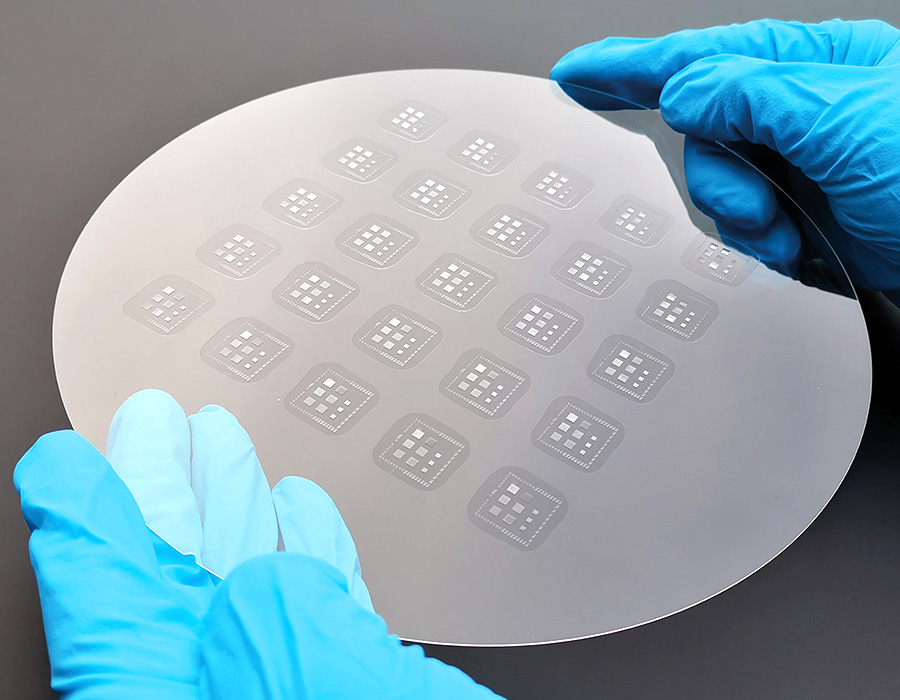
Microlens arrays replicated on a fully populated 8” wafer by nanoimprint lithography (NIL) from a 2GL-printed master fabricated with Quantum X litho, the maskless two-photon lithography system. Demonstrates rapid tooling for high-volume production by NIL wafer-level replication processes, powered by our partner EV Group. Image Credit: Nanoscribe GmbH
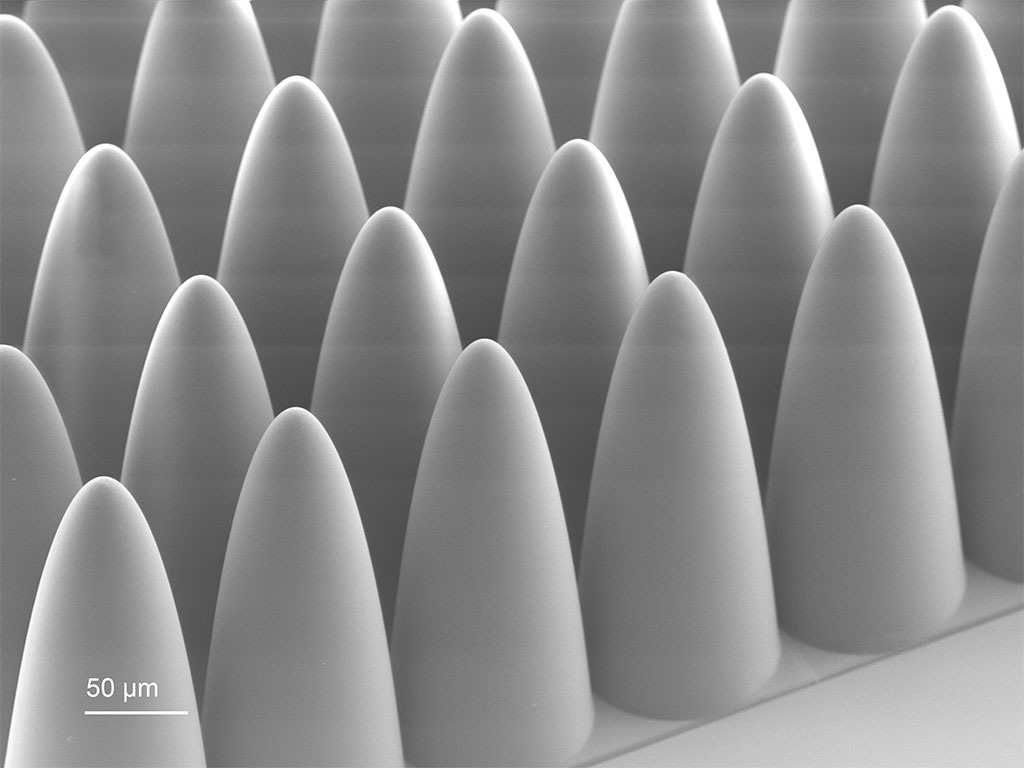
Master template fabricated with Quantum X litho using Two-Photon Grayscale Lithography, featuring a high aspect ratio microlens array with submicron shape accuracy and optical-grade surface quality. Image Credit: Nanoscribe GmbH
Download the Brochure for More Information
Quantum X litho in Facts and Figures
Features
Included Features
- Two-Photon Grayscale Lithography (2GL®) enables stunningly speedy and precise 2.5D printing
- Wafer-scale fabrication of transparent and opaque wafers
Optional Features
- High-resolution 3D printing using Two-Photon Polymerization (2PP) for complex nano, micro, and mesostructures
- 3D printing by 2GL® (Two-Photon Grayscale Lithography) allows for up to 60 times quicker speeds and higher quality than classic 2PP
- Aligned 3D printing on various substrates enabled by Aligned 2-Photon Lithography (A2PL®)
- The confocal detection module allows automatic alignment to fiducials on wafers
- The Fiber Printing Set allows for automatic printing that aligns with fiber cores
- Automatic dispenser for effective batch processing and wafer-level manufacturing
Benchmark Scores
Source: Nanoscribe GmbH
| |
|
| Surface roughness (Ra) |
down to ≤ 5 nm |
| Feature size control |
down to 100 nm in x/y direction |
| Shape accuracy (Sa) |
down to ≤ 200 nm |
| Stitching-free part diameter |
up to 1,750 µm |
| Maximum scan speed |
6.25 m/s divided by lens magnification |
Peak values are only obtained under certain conditions, such as printing settings, print heads, photoresins, and patterns.
General System Properties
Substrate
- Wafers from 1” to 8” (25.4 mm to 200 mm)
- Glass, Silicon, and other transparent and opaque materials
Photoresins
- Nanoscribe polymer photoresins
- Open to third-party or custom materials
Industrial Manufacturing Workflows Enhanced By Quantum X litho Features
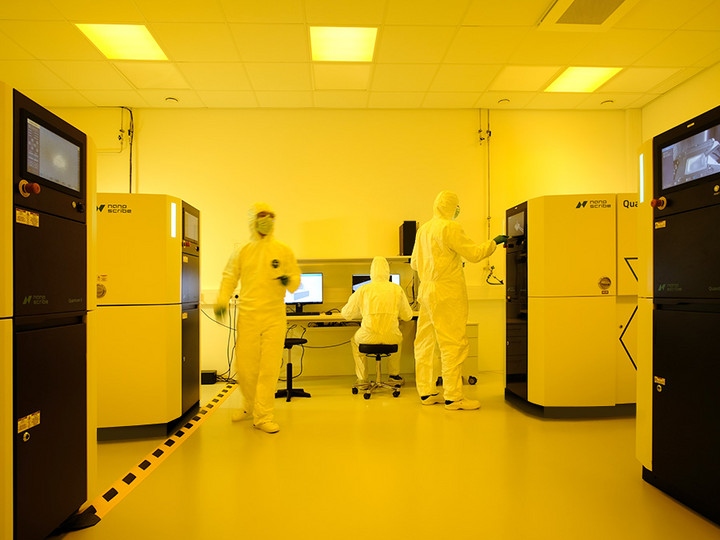
Our Quantum X litho systems are cleanroom ready. Uncompromised production with the highest quality, yield and throughput. Image Credit: Nanoscribe GmbH
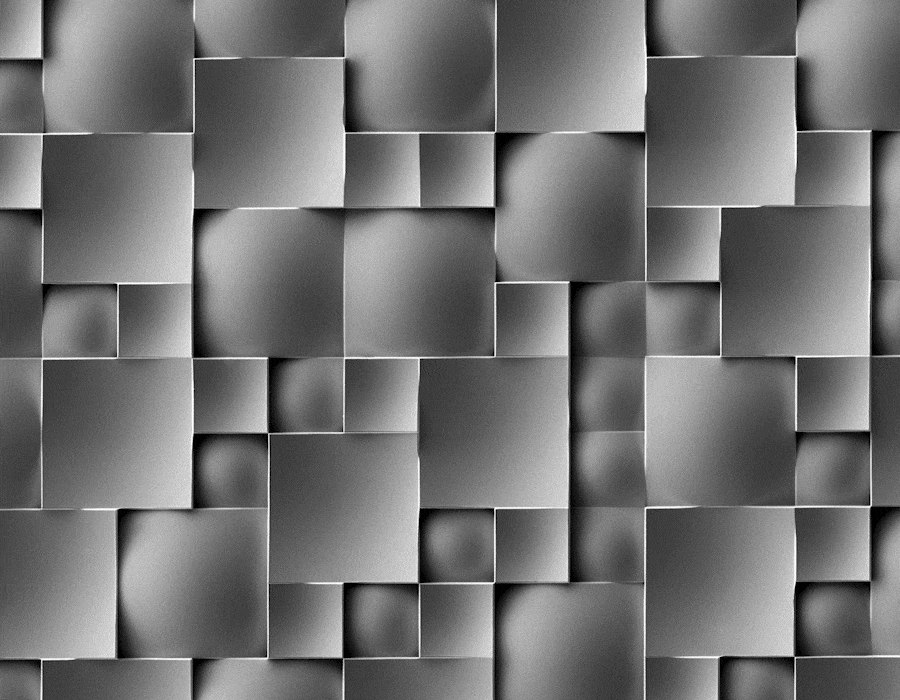
The SEM of random microlens array containing convex and concave lenses, fabricated using Quantum X litho with Two-Photon Grayscale Lithography. The structure demonstrates seamless stitching across adjacent print fields, enabled by 2GL grayscale printing. Image Credit: Nanoscribe GmbH
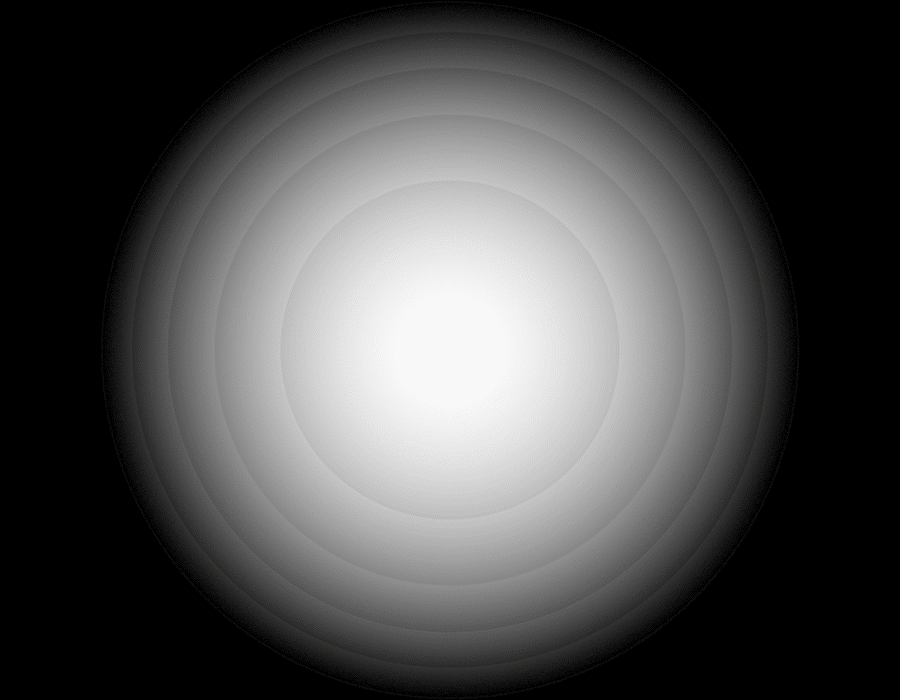
From grayscale image to printed structure: Quantum X litho with Two-Photon Grayscale Lithography translates gray values into laser intensity via a calibrated exposure profile. Parameters such as laser dose, slicing, and hatching distance are adjusted based on the selected photoresin and objective lens combination. Image Credit: Nanoscribe GmbH
My first print job worked flawlessly and the structure is stunningly good, if not to say sensational. I have never seen anything like this before.
Dr. Harald Giessen, Professor, University of Stuttgart
Quantum X litho Software
How to Get Started with Print Job
Prepare and Control the Print Job via Touchscreen or Remotely
Video Credit: Nanoscribe GmbH
Quantum X litho integrates well into industrial manufacturing facilities and multi-user scenarios, thanks to its simple and convenient workflow. What makes it so simple? Users can upload, print, and monitor the print job via the device’s touchscreen or remotely from the PC. These are only a few reasons to work with Nanoscribe Quantum X litho.
Generate the 2.5D Print Job with GrayScribeX:
The print job development software walks users through the process of creating and uploading their particular project to the maskless lithography equipment Quantum X litho in a few simple steps.
Nanoscribe provides two sophisticated 3D print software solutions: DeScribeX and nanoPrintX. Each has a specific function to satisfy different demands in the workflow.
Start the Print Job via the Touchscreen:
Quantum X litho's simple touchscreen interface will simply guide users to effective printing. Benefit from important data such as hardware information, system condition, and print process. Furthermore, three cameras provide a live view of the printing process, giving users visual control at all times.
Stay Connected with nanoConnectX:
Start and monitor the print process from the workplace using nanoConnectX, a remote access program. The Quantum X systems are therefore ideally suited to industrial production settings and multi-user scenarios.
Software Facts
GrayScribeX
GrayScribeX is software designed specifically for making individual print jobs for Quantum X litho. Users can input normal grayscale images or CAD models, which are then transformed into grayscale images. A clever software process converts the gray values from the imported design to the heights of the print object and correctly determines the calibrated print settings.
Key Feature
- CAD files and 16-bit grayscale images are imported
- Remote upload of print jobs
- Structures can be added, removed, and duplicated in the print job
- Make arrays and rescale the structures
- Internal calibration files
- .nano files
Benefits
- Use standard image files .bmp and .png as well as the CAD format .stl
- Work and connect remotely with Quantum X litho from the workplace
- Create print jobs of diverse structures in a single file
- Modify the structures to match the needs of the respective application
- User can effortlessly print any grayscale design using the ready-to-use preset parameters, making the workflow straightforward and efficient.
- Benefit from ready-to-use predefined settings for easy printing of any grayscale design
- Easily convert the gray values to the corresponding writing parameter
- Use the container file format, which contains all of the information required for data transmission and effective printing in a single file
Touchscreen
Control and monitor the Two-Photon Grayscale Lithography system via the Quantum X litho front panel touch screen, also known as the graphical user interface (GUI). It walks users through a successful print in a few simple steps. Choose the print project, load the substrate, and print.
Key Feature
- Project list
- Automatic interface finder
- Three live cameras
- Stage control in x, y and z direction
- User-friendly print setup
Benefits
- Monitor the printing process online from three perspectives, and stay up to speed on the current state of the print project
- To specify the print area, put the stage wherever on the substrate
- Select resin and substrate, and start the print job with just one click
- Keep track of the entire print job history
- Identify the substrate interface with submicrometer precision
nanoConnectX
NanoConnectX is the remote access software for Quantum X systems. It extends all of the touchscreen's functionalities and display capabilities to any computer with an internet connection.
Key Feature
- Remote access to the system
- Use all features of the touchscreen
- Upload and download print jobs and reports
Benefits
- Connect Quantum X Litho to the computer, regardless of where the user is
- Prepare, control, and monitor print jobs from any location
- Direct access from the computer to print-related files
Download the Brochure for More Information